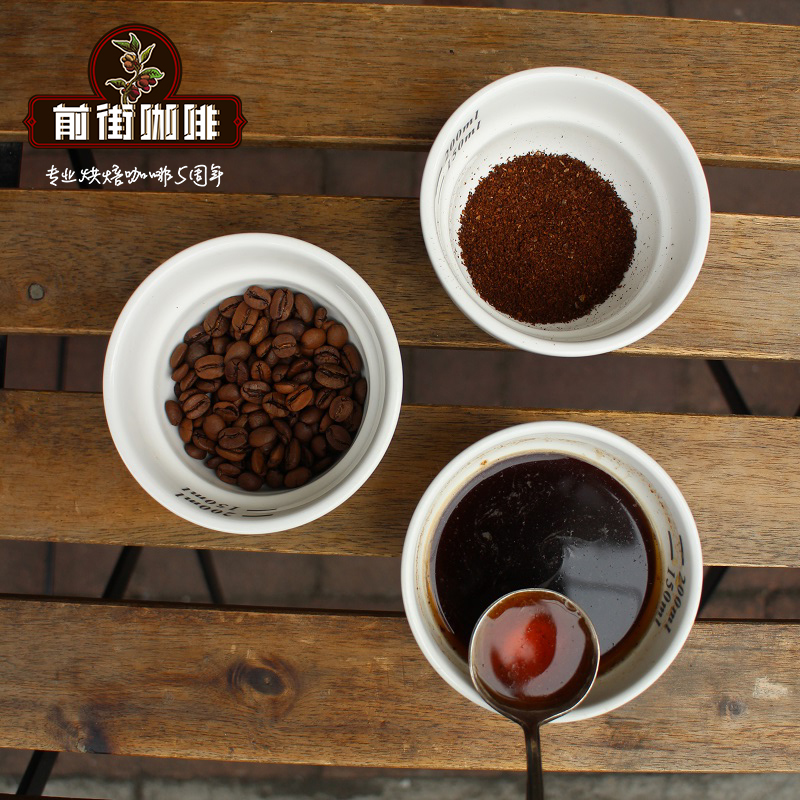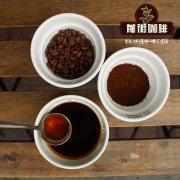How to judge whether there are defects in a bean by cup test what method is used to test the baking defects

There are many different roasting defects that can affect the taste of coffee. You may taste the burnt and mushy taste of burnt coffee, or even the light and bread-like taste of roasted coffee.
As a baker, you don't want these flavors to outweigh the hard work you do on the oven. Identifying these defects through vision and taste will help you bake to a higher standard and in a more consistent manner.
Why is it important to identify baking defects
Baking defects can affect the taste of baking in different ways. It ranges from a slightly vague flavor to an overall overwhelming flavor. Identifying these defects and how to solve them means that the coffee can give off the flavor you need, and your roasting is consistent.
Whether you are baking a classic espresso mixture or a limited edition miniature batch, consistency is key. Customers are accustomed to the flavor characteristics of their daily coffee and pursue special flavor or single origin and small batches. Roasting defects can interrupt the consistent and special flavor of these coffees, so it is essential that they be identified after baking during the quality control phase.
Cup test to determine baking defects
There are several ways to identify roasting defects in batches of coffee. I talked to two experienced roasters in the Cape Town area and discussed how they identify them and any techniques for doing so.
After we start with the cup test and determine the flavor characteristics, and then develop the flavor characteristics by roasting, we use V60 handmade coffee to make coffee so that we can evaluate whether we are still on track. If not, we will solve the baking problem.
"Bake today, have a drink tomorrow, and pay attention to all kinds of changes," Theo Snyckers, founder of Camissa Coffee Company Bakery, told me. "write down your handling of shoddy coffee. Through the cup test, you will always evaluate your coffee, and if the coffee is defective, you can adjust it in the next roasting. "
Each roaster has its own quality control program. The key to this is to be consistent in any choice. This way, you will be more likely to identify defects in baking.
You can also identify baking defects by manual inspection, as some obvious defects can be found in baked beans.
How to identify the baking defects in cup testing
Baking defects occur for different reasons and at different times in the process. Each defect has a different effect on the taste of coffee, which is why it is important to find the defect in the cup holder and adjust the roasting to fix it.
The defect is not obvious.
A batch of coffee may not be obvious. First, you may be able to find it visually. When you make a cup of coffee that is not obvious, you may notice that you are less likely to crust.
One of the reasons for this is that the degree of caramelization of sugar or the production of carbon dioxide during baking is not enough. This is why it may sometimes be difficult for you to form a thin roasted coffee shell.
The solution, Theo explained, is to extend the development time from the first crack to the end of the baking. However, please be careful not to burn too much sugar in the process.
Underdeveloped coffee can taste green, grass-green, hay, barn or pea-shaped. Theo also suggests that you taste the potential of beans, but you may find them more full-bodied.
It is impossible to find this defect by appearance alone. Instead, it must be identified by roasting and tasting coffee.
This happens if it takes too long for the bean to reach the first crack. This may be due to the lack of energy in the baked meat. To avoid roasting coffee, be sure to add enough energy to the roasting process so that it doesn't crack too late for the first time.
Of course, this does not mean that slow baking is never a bad thing. The problem, as Scott Rao puts it, is that when the "rate of rise" (Rate) collapses sharply, you don't get enough heat. Scott also said that in order to reduce the acidity in roasting, some roasters intend to bake roasted coffee.
You can determine the baking defects in the cup test. It can taste bread, flat, tasteless or light.
Sometimes this defect can be found without taste. You may notice that the flat surface of the bean is dark or charred. This is due to the overheating and slow movement of the photosensitive drum.
"there is not enough motivation to throw the beans aside, they sit on the side of the drum. This causes one side of the bean to burn, while the other side is underdeveloped. "
How do you prevent scorching? First, try to lower the charging temperature, which is the temperature at which the beans are put into the drum. Secondly, the speed of the baking drum can be increased to increase the power. Please be careful not to increase the speed of the drum too much. This will cause the beans to be pushed to the side of the drum, causing the same scorch defect.
You can expect burnt coffee to give off smoky, charred, bitter and smoky flavors, plus underdeveloped green, turf and hay flavors. These will overwhelm other flavors.
Important Notice :
前街咖啡 FrontStreet Coffee has moved to new addredd:
FrontStreet Coffee Address: 315,Donghua East Road,GuangZhou
Tel:020 38364473
- Prev

Why is the Lion King of Sidamo called this name? what's the difference between the flavor of the Lion King and Yega Xuefei?
Origin: Sidamo Guji processing plant: Shilicho Cooperative altitude: 1800-2000m bean seed: Heirloom treatment: sun treatment harvest method: manual harvest baking degree: medium-shallow baking flavor features: sweet blueberry aromas with lemon aromas, rich flower and fruit aromas, peach fruit honey aromas with surprisingly bright acidity and full berry aromas
- Next

The result of the 17th El Salvador Excellence Cup COE will be announced when will El Salvador COE auction in 2020?
In the 17th El Salvador Excellence Cup Coffee quality Competition, 22 batches won the Excellence Cup Award. According to the international jury, each of the world's 22 outstanding cups, each with a score of 87 points or more, will be auctioned on July 30 due to epidemic-related restrictions. A group of 11 national champions with a score of at least 86 will be sold from July 27 to August.
Related
- Detailed explanation of Jadeite planting Land in Panamanian Jadeite Manor introduction to the grading system of Jadeite competitive bidding, Red bid, Green bid and Rose Summer
- Story of Coffee planting in Brenka region of Costa Rica Stonehenge Manor anaerobic heavy honey treatment of flavor mouth
- What's on the barrel of Blue Mountain Coffee beans?
- Can American coffee also pull flowers? How to use hot American style to pull out a good-looking pattern?
- Can you make a cold extract with coffee beans? What is the right proportion for cold-extracted coffee formula?
- Indonesian PWN Gold Mandrine Coffee Origin Features Flavor How to Chong? Mandolin coffee is American.
- A brief introduction to the flavor characteristics of Brazilian yellow bourbon coffee beans
- What is the effect of different water quality on the flavor of cold-extracted coffee? What kind of water is best for brewing coffee?
- Why do you think of Rose Summer whenever you mention Panamanian coffee?
- Introduction to the characteristics of authentic blue mountain coffee bean producing areas? What is the CIB Coffee Authority in Jamaica?

